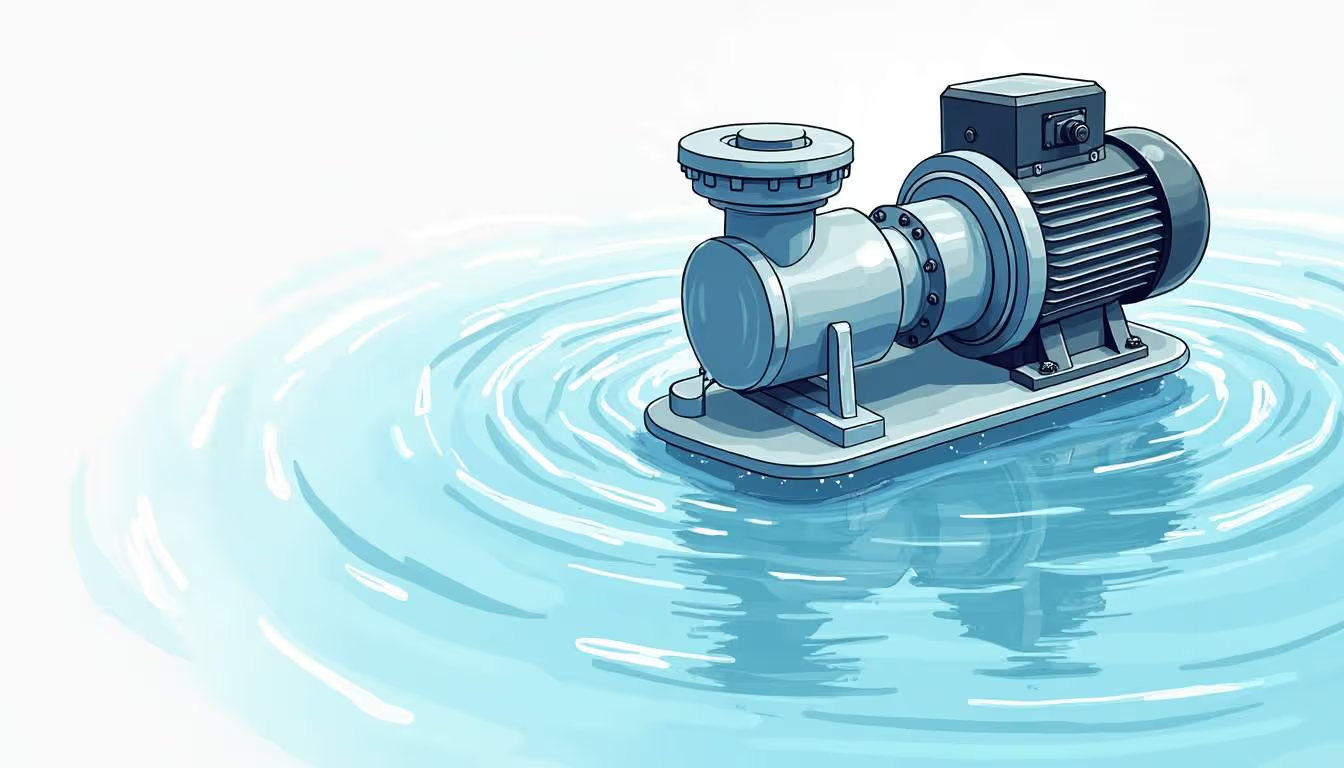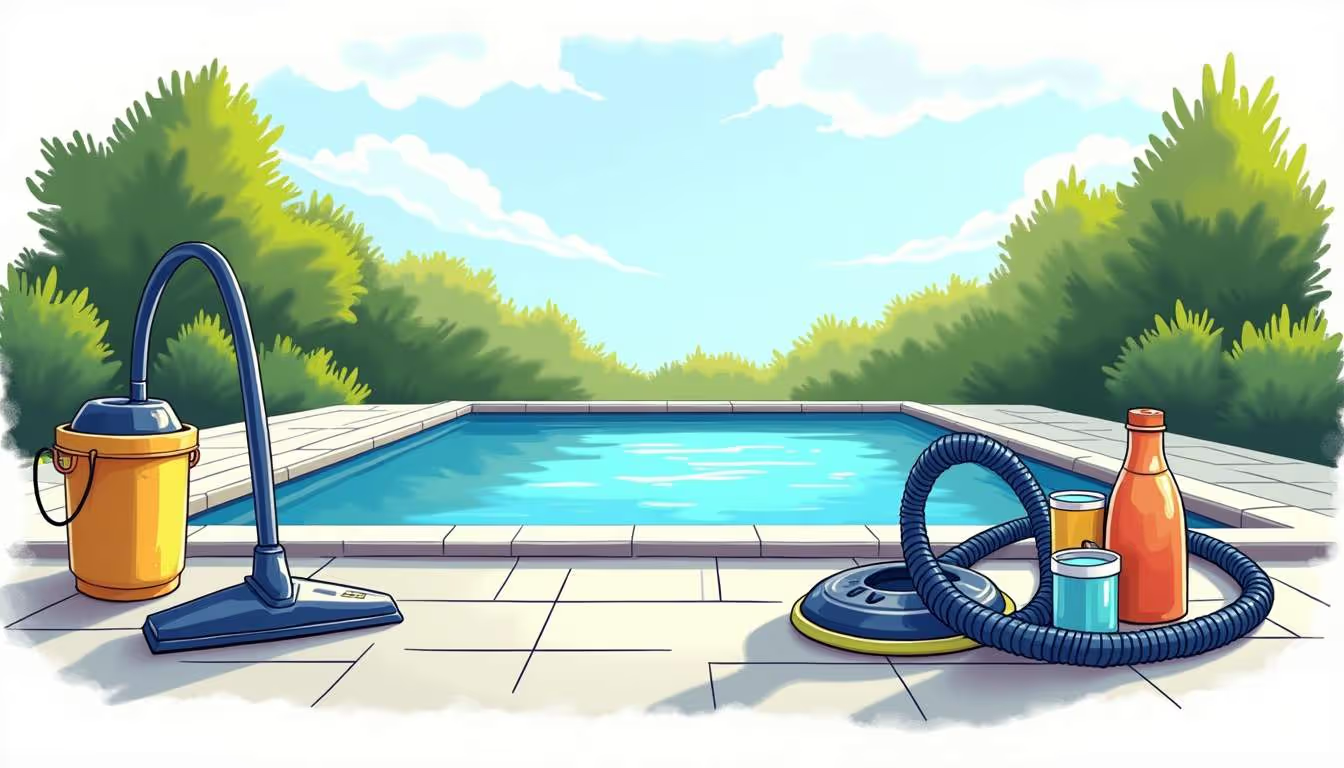Top Pool Service Tips for Crystal Clear Water All Year Round
Maintaining a sparkling clean pool throughout the year is a goal shared by every pool owner. Whether you enjoy a refreshing swim in the summer or simply want your pool ready for guests at any time, consistent and effective pool care is essential. Achieving crystal clear water involves more than just occasional cleaning—it requires understanding the science behind pool chemistry, regular maintenance routines, and the right equipment.
In this comprehensive guide, discover expert pool service tips designed to keep your water pristine, safe, and inviting all year round. From balancing chemicals to optimizing filtration and preventing common issues, these insights will empower you to take control of your pool’s health and enjoy it to the fullest.
```html
Understanding Pool Water Chemistry: The Foundation of Clarity
The Importance of Balanced Water Chemistry
Water chemistry is the cornerstone of pool maintenance. Proper balance prevents cloudy water, algae growth, and equipment damage. The key parameters to monitor include pH, alkalinity, calcium hardness, and sanitizer levels such as chlorine or bromine.
pH levels should ideally be maintained between 7.2 and 7.6. This range ensures that sanitizers work effectively while preventing irritation to swimmers’ eyes and skin. Alkalinity acts as a buffer for pH, helping to stabilize it and avoid sudden fluctuations that can cause scaling or corrosion. Additionally, calcium hardness is crucial for preventing damage to pool surfaces and equipment; levels should be maintained between 200-400 ppm to ensure the water is neither too soft, which can lead to corrosion, nor too hard, which can cause scaling. Understanding these parameters is essential for any pool owner looking to maintain a safe and enjoyable swimming environment.
Sanitizers and Shock Treatments
Sanitizers like chlorine are vital for killing bacteria and preventing algae. However, chlorine levels must be carefully managed—too low invites contamination, while too high can cause unpleasant odors and skin irritation. Most pools require a free chlorine level of 1-3 ppm (parts per million). It's also worth noting that the type of sanitizer used can influence overall water quality; for instance, bromine is often favored for indoor pools due to its lower odor and effectiveness in warmer water.
Shock treatments, typically involving higher doses of chlorine or non-chlorine oxidizers, help eliminate organic contaminants and restore water clarity. Regular shocking, especially after heavy pool use or rainstorms, is crucial for maintaining water quality. In addition to traditional shock treatments, consider using enzymes or clarifiers as part of your maintenance routine. These products can help break down organic waste and enhance the effectiveness of your sanitizer, leading to clearer and cleaner water.
Testing and Adjusting Your Pool Water
Routine testing is the only way to ensure your water chemistry remains balanced. Using reliable test kits or digital testers, pool owners should check chemical levels at least twice a week during peak season and weekly during off-season. It's beneficial to familiarize yourself with the specific needs of your pool type, as factors such as pool size, usage, and even local weather conditions can affect chemical balance.
Adjustments should be made promptly based on test results. For example, if pH is high, adding muriatic acid or sodium bisulfate can lower it. If alkalinity is low, sodium bicarbonate can raise it. Keeping a log of test results and treatments helps track trends and anticipate issues before they escalate. Furthermore, investing in a good-quality automated pool monitoring system can simplify this process, providing real-time data and alerts, allowing you to maintain optimal water conditions with minimal effort.
```
Effective Filtration and Circulation: Keeping Water Moving and Clean
The Role of Pool Filters
Filtration systems remove debris, dirt, and microscopic particles that cloud pool water. There are three main types of filters: sand, cartridge, and diatomaceous earth (DE). Each has advantages depending on pool size, usage, and maintenance preferences.

Sand filters are durable and low-maintenance, ideal for larger pools. Cartridge filters provide finer filtration and are easier to clean but may require more frequent servicing. DE filters offer the highest level of filtration but involve more complex maintenance. Understanding the specific needs of your pool can help you choose the right filter type. For instance, if your pool is frequently used or located in a heavily wooded area, a DE filter might be worth the extra effort for its superior ability to capture tiny particles and ensure crystal-clear water.
Optimizing Pump and Filter Operation
Proper circulation ensures chemicals are evenly distributed and contaminants are effectively filtered out. Running the pump for 8-12 hours daily during the swimming season is generally recommended, but this can vary based on pool size and environmental factors. For instance, pools located in sunny areas may require longer pump operation to counteract the effects of UV light on chlorine levels, while pools in shaded areas might need less time.
Regularly backwashing sand and DE filters prevents clogging and maintains efficiency. Cartridge filters should be cleaned every few weeks or as needed. Monitoring pressure gauges on filters helps identify when cleaning or maintenance is required. Additionally, incorporating a timer for your pump can help automate this process, ensuring that your pool’s filtration system runs optimally without constant manual oversight.
Preventing Common Circulation Issues
Air leaks, clogged skimmers, and blocked return jets can disrupt circulation and reduce filtration effectiveness. Inspecting and maintaining pumps, seals, and plumbing ensures smooth operation. Additionally, keeping the pool free of large debris like leaves and twigs prevents strain on the system. Regular skimming and the use of a pool cover during off-seasons can significantly reduce the amount of debris that enters the pool, making maintenance easier and more efficient.
Moreover, understanding the flow dynamics of your pool can help identify potential issues before they become major problems. For example, if you notice areas of stagnant water or algae growth, it may indicate that certain jets are not functioning properly or that the water is not circulating adequately. By regularly checking the alignment and functionality of your return jets, you can ensure that water is evenly distributed throughout the pool, promoting a healthier swimming environment and prolonging the life of your filtration system.
Routine Cleaning and Maintenance Practices
Skimming, Brushing, and Vacuuming
Physical cleaning removes visible debris and prevents buildup on pool surfaces. Daily skimming of leaves and insects reduces organic matter that can cloud water and feed algae. Brushing pool walls and floors weekly helps dislodge algae and dirt that filters may miss.
Vacuuming, whether manual or automatic, is essential to remove settled debris from the pool bottom. Robotic pool cleaners have become increasingly popular for their efficiency and ease of use, saving time and effort for pool owners.
Maintaining Pool Equipment
Regular inspection and maintenance of pool equipment extend its lifespan and ensure reliable operation. This includes checking pumps, heaters, chlorinators, and automatic cleaners for wear and tear, leaks, or malfunctions.
Lubricating O-rings, replacing worn parts, and cleaning equipment housing prevents breakdowns. Seasonal servicing by professionals can identify potential issues early and keep your system running smoothly year-round.
Winterizing Your Pool
In colder climates, preparing your pool for winter is critical to prevent damage from freezing temperatures. This process includes lowering the water level, balancing chemicals, draining equipment, and covering the pool securely.
Proper winterization minimizes the risk of cracked pipes, damaged pumps, and algae growth during dormancy. It also simplifies reopening the pool in spring, reducing the effort and cost of restoration.
Preventing and Managing Common Pool Problems
Algae Growth and How to Combat It
Algae can quickly turn a clear pool into a green nightmare. Prevention starts with consistent sanitizer levels, good circulation, and regular cleaning. If algae appear, shock treatments combined with algaecides are effective remedies.
Different types of algae—green, yellow/mustard, and black—require specific treatments. Identifying the type helps in selecting the right algaecide and cleaning method for complete eradication.
Cloudy Water Causes and Solutions
Cloudy water often results from imbalanced chemicals, poor filtration, or high levels of contaminants. Testing water chemistry and adjusting accordingly is the first step. Next, ensure filters are clean and running efficiently.
Using a pool clarifier can help aggregate fine particles, making them easier to filter out. In some cases, partial draining and refilling may be necessary to restore clarity.
Scaling and Corrosion Issues
Scaling occurs when calcium levels are too high, leading to deposits on pool surfaces and equipment. Corrosion, on the other hand, results from low pH and alkalinity, damaging metal parts and concrete.
Maintaining balanced calcium hardness (typically 200-400 ppm) and monitoring pH and alkalinity prevents these problems. Professional water testing can provide detailed analysis and recommendations.
Leveraging Technology for Smarter Pool Management
Automated Pool Controllers and Monitoring Systems
Advancements in pool technology have made maintenance more convenient and precise. Automated controllers can monitor water chemistry, adjust chemical feeders, and manage pump schedules remotely via smartphone apps.

These systems reduce human error, optimize chemical usage, and provide real-time alerts for issues like low sanitizer levels or equipment malfunctions. Investing in smart technology can save time and money while enhancing pool water quality.
Software Solutions for Pool Service Professionals
For pool service companies, industry-leading software platforms streamline scheduling, customer communication, and chemical tracking. These tools enable technicians to deliver consistent service and maintain detailed records for each pool.
Accurate data collection and reporting improve decision-making and customer satisfaction. Whether managing a single pool or a large client base, software solutions are essential for efficient and effective pool care.
Conclusion: Consistency is Key for Crystal Clear Pools
Achieving and maintaining crystal clear pool water year-round requires a combination of knowledge, routine maintenance, and the right tools. Understanding water chemistry, ensuring effective filtration and circulation, performing regular cleaning, and leveraging modern technology all contribute to a healthy and inviting pool.

By adopting these top pool service tips, pool owners and professionals alike can prevent common problems, extend equipment life, and enjoy the full benefits of a pristine swimming environment. Consistency and attention to detail are the ultimate secrets to sparkling water that’s ready for enjoyment anytime.







